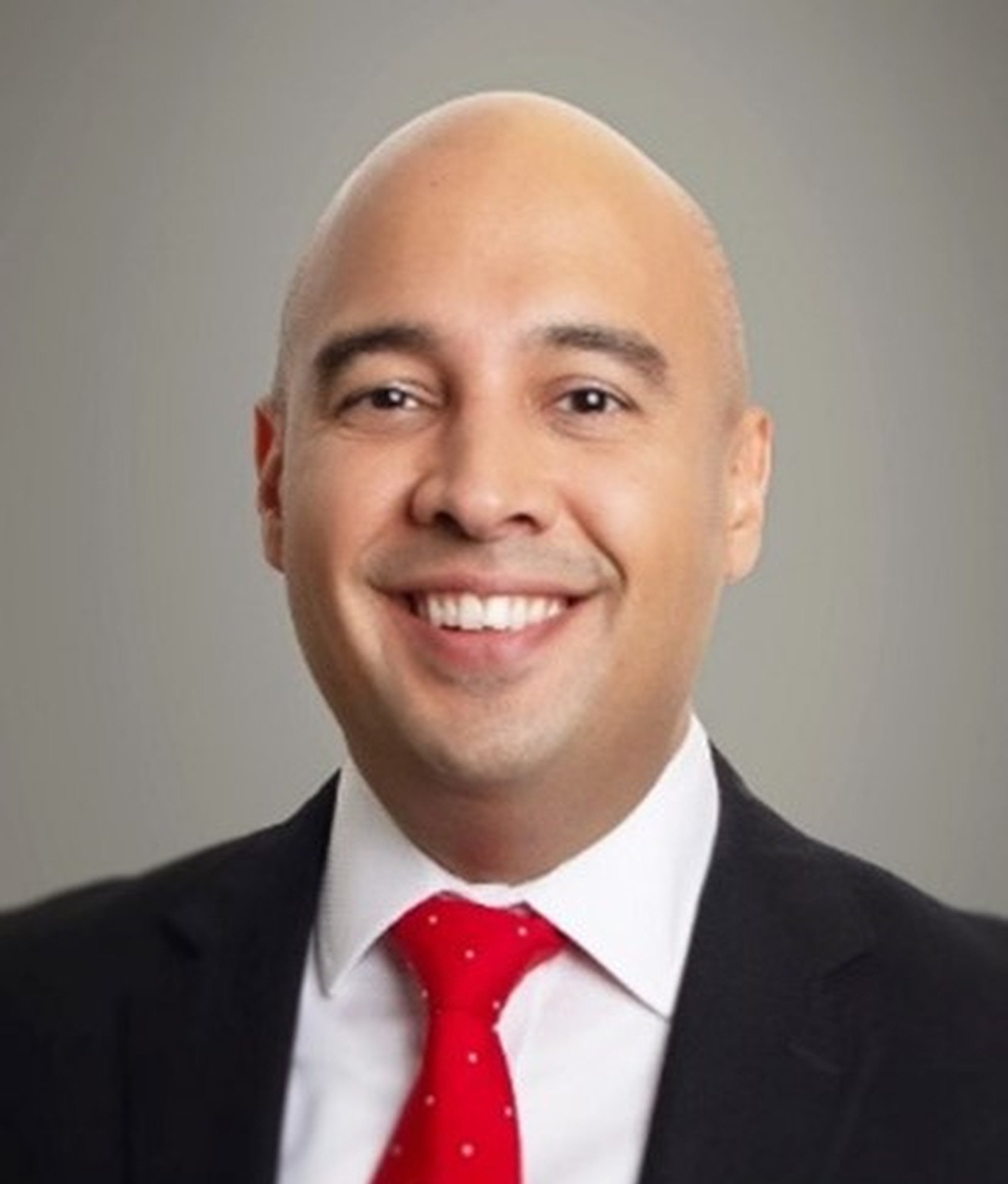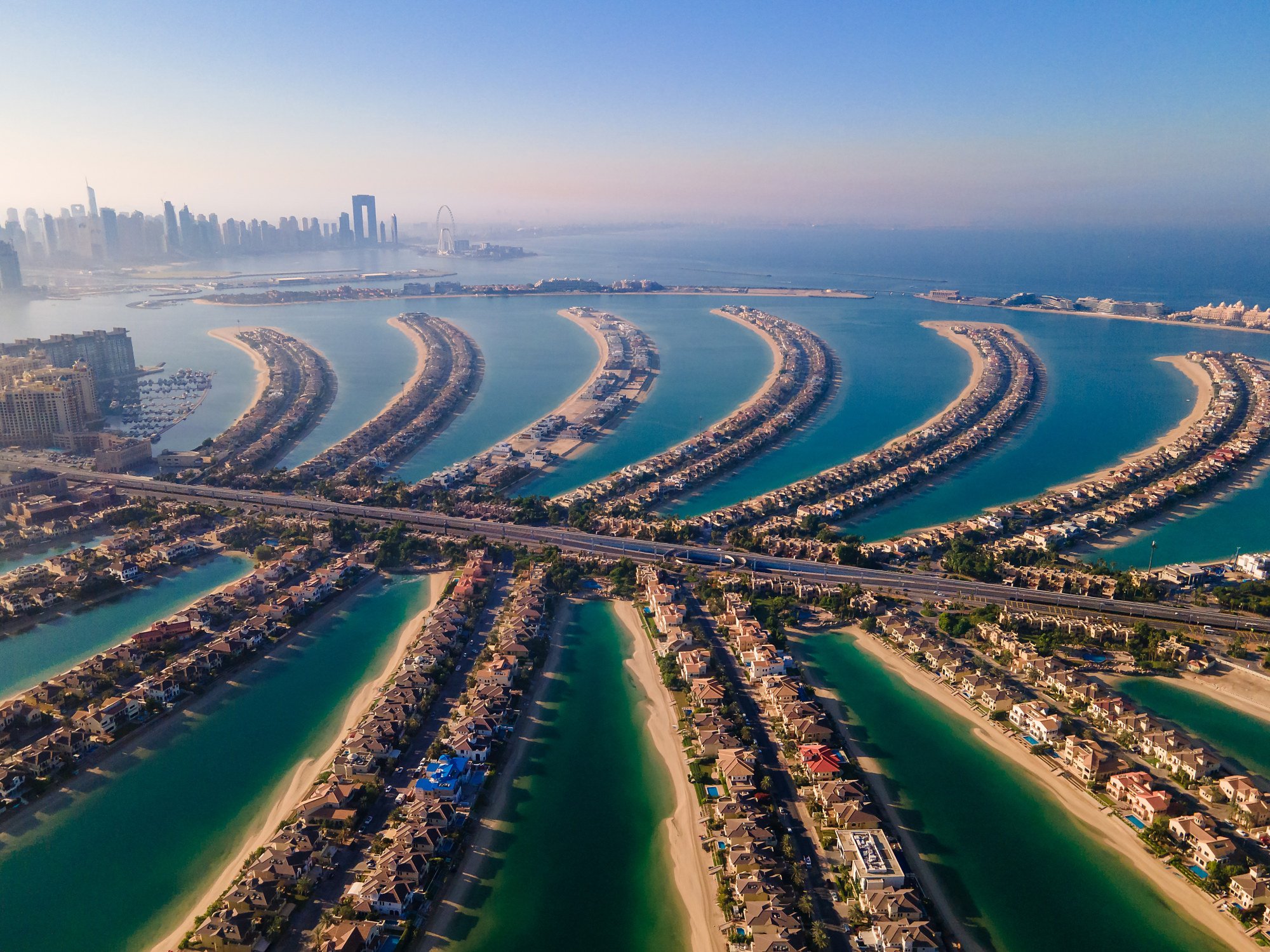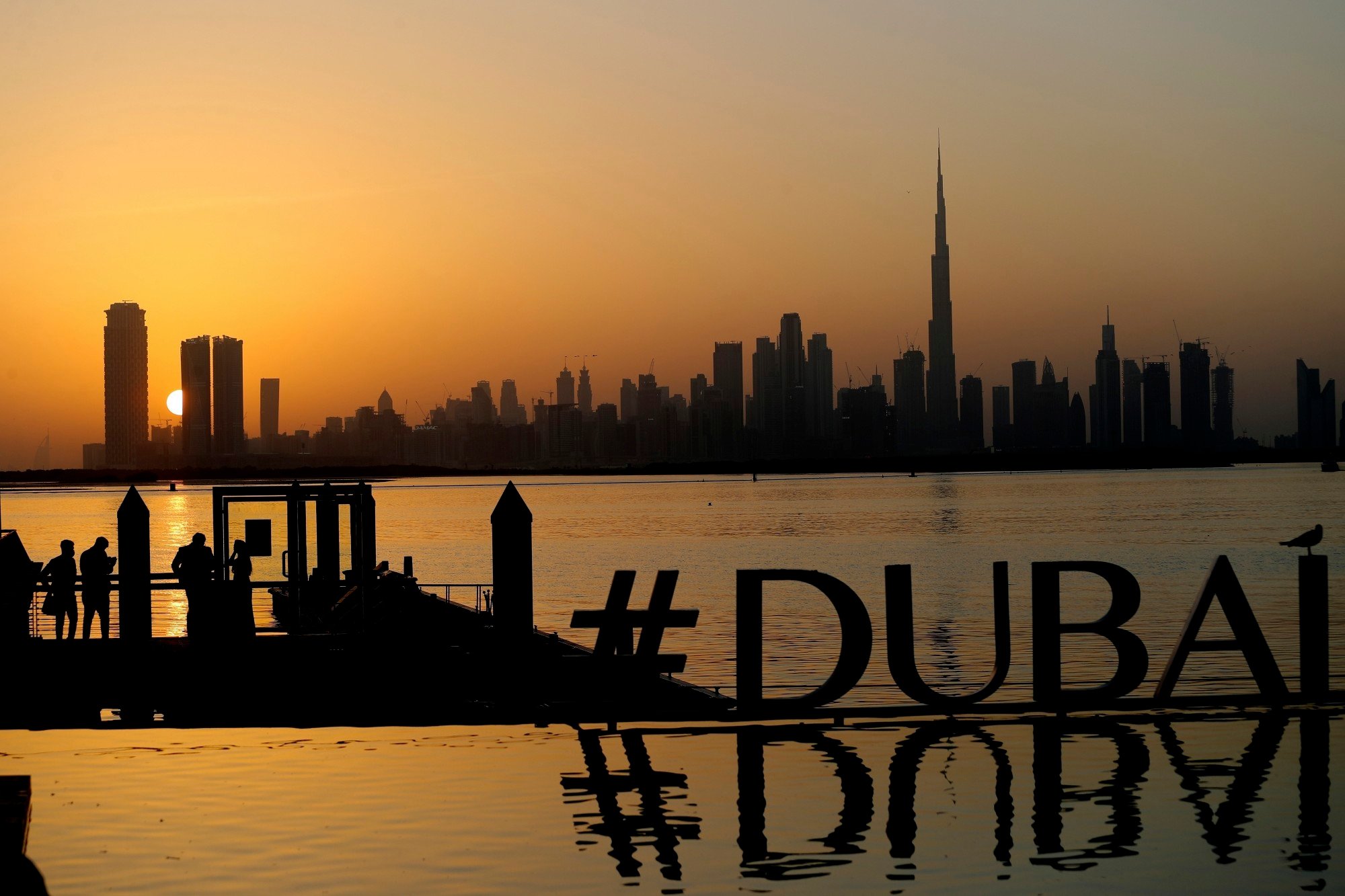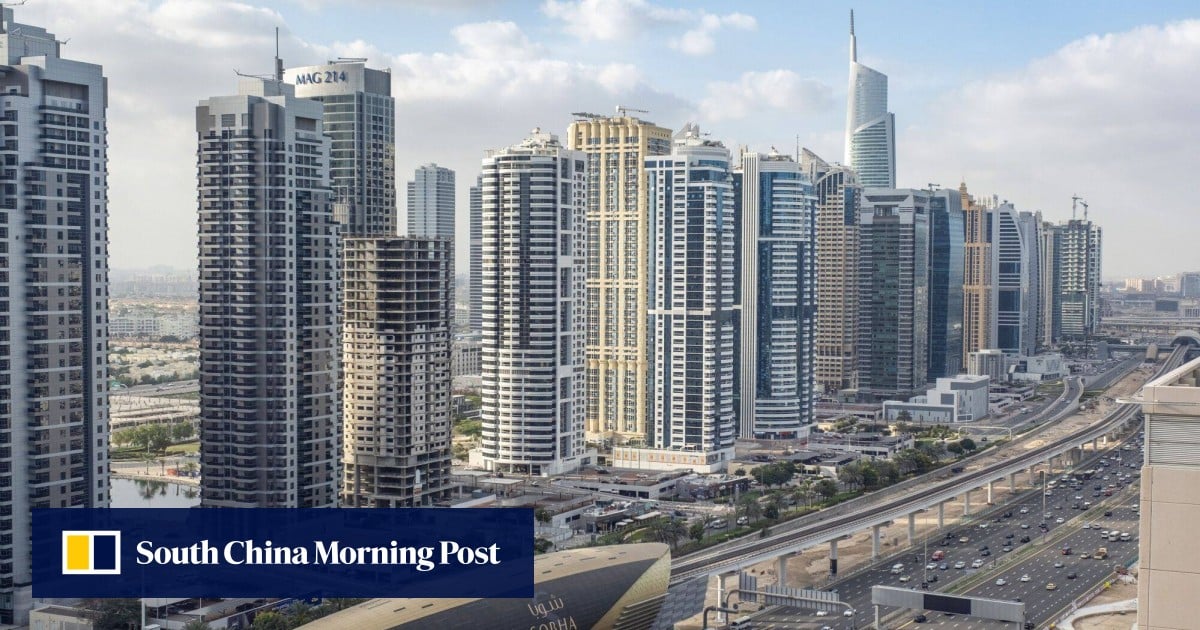Savills is seeing about 250 inquiries a month on Dubai property from Hong Kong this year, as much as what it used to receive in a year, Elliott added.
The sizzling demand for residential property in Dubai is reflected in its surging home prices, which soared 70 per cent last year, according to Andrew Cummings, head of Middle East residential property at Savills. The consultancy forecasts a 7 per cent growth this year.
Dubai’s luxury homes are becoming increasingly attractive to wealthy individuals, said Faisal Durrani, partner and head of research for the Middle East and North Africa at Knight Frank.
In the first three months of the year, 105 luxury homes were sold in Dubai, bringing it closer to matching the record 431 transactions of homes worth more than US$10 million last year, outperforming New York and London.

Several recent notable property sales involved Chinese buyers.
Cummings travelled to Hong Kong last week to meet about 50 potential buyers interested in homes in Dubai. Meanwhile, Knight Frank met 30 Chinese investors from cities such as Beijing, Shanghai, Wuhan and Qingdao, Durrani said.
“In our survey, we found that 23 per cent of ultra-high-net-worth individuals, or people who are worth more than $20 million, are prepared to spend more than US$5,000 a square foot on a branded residential property in Dubai,” he said.
“We’ve just sold the most expensive one at US$2,900 per square foot, which tells you how much more room there is potentially to go for pricing of branded residential units and how much more branded residential stock the city can absorb.”

While Chinese buyers currently account for only 10 per cent of residential property transactions in Dubai, according to data cited by Savills, more Chinese businesses are settling in the city.
In the January-to-March quarter, the number of Chinese companies registered with the Dubai Chamber of Commerce rose 65 per cent to 1,560 from a year ago.
Less than 5 per cent of the city’s office property is vacant, and the number is set to fall further, with much of the estimated 2.3 million square feet of new space coming into the market in the next five years already pre-committed, according to Knight Frank.
Some foreigners have taken advantage of the UAE’s residence-by-investment scheme, which gives people a chance to obtain a long-term visa by purchasing a property worth at least 2 million dirhams (US$544,000), either by paying in full or obtaining a loan from local banks approved by authorities, according to the government website.

Last year, Dubai issued 158,000 of these so-called golden visas, dwarfing the 13,000 that Portugal has given out through its own programme since launch in 2012, according to data cited by property technology platform Juwai IQI.
Dubai expects to grow its population to 7.8 million by 2040, more than double its current population of 3.7 million.
The city’s ascendancy as an investment destination owes partly to the government’s efforts to boost its infrastructure and international standing, according to agents.
Authorities have announced a billion-dollar initiative to make Dubai the fourth largest financial centre in the world, a position held by Hong Kong at the moment, said Durrani.
The Persian Gulf city is also upgrading its transport networks, with plans to invest 128 billion dirham to build a new passenger terminal that would expand the size of the Al Maktoum International Airport by five-fold, making it the largest in the world.
Etihad Rail, the UAE’s national train network, recently completed construction, linking Dubai to the country’s principal trade, manufacturing and population centres, and extending to the borders of Saudi Arabia and Oman.
Following unprecedented rainfall and floods that hit Dubai last month, the government has also pledged 80 billion-dirham improvement to improve its drainage system, said Cummings.
“Dubai invests with a long-term view, and that is why the direction of Dubai is so positive,” he said.
Despite the upside, investing in Dubai property carries its own risks, including a local currency that is pegged to the US dollar, and the potential of a wider regional conflict in the Middle East.
“As with any investment, you run the risk that prices fall in the future, that expenses climb or that rules change and make residency or investment less attractive,” said Kashif Ansari, co-founder and CEO of Juwai IQI.

